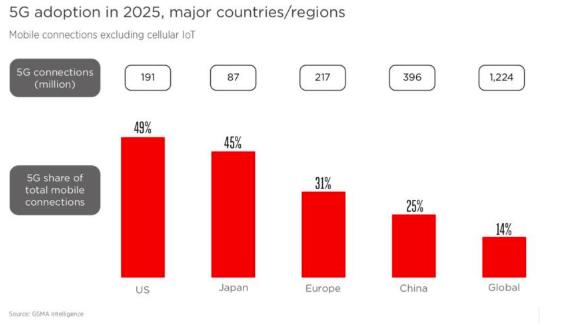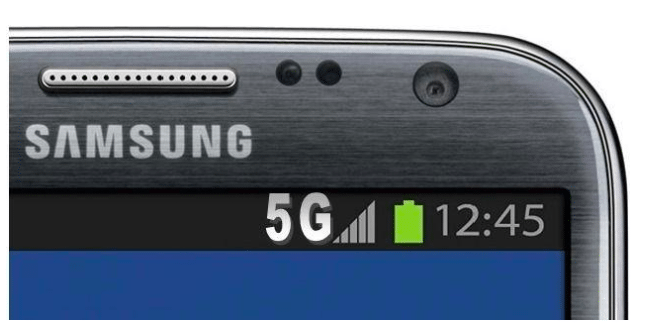According to a tech analyst firm CCS Insight; there is expected to be an exponential increase in the number of 5G connections as operators are trying to bring 5G services to the market more rapidly than ever before. It is estimated that the number of 5G connections will hit 340 million in 2021 and will cross the 2.7 billion landmark by 2025. After witnessing activity from operators, the tech firm updated its forecast regarding the availability of 5G connections.

According to the Principal Analyst of CCS Insight, Kester Mann, “The intentions of major US carriers to launch 5G in late 2018 have been clear for a while. But recently we have seen a greater urgency to deploy networks from providers in Europe, the Middle East, and China. While Europe may still be around a year adrift of the leading markets in 5G, some regional operators are determined to launch commercial services as soon as next year”.
In the US, Nokia and Verizon have successfully transmitted a 3GPP New Radio 5G signal recently in a moving vehicle. The opening trail, which was directed at Nokia’s campus in June 2018, takes after the organizations’ effective achievement of back to back outdoor information sessions over the 5G NR standard, and the productive multi-transporter collection to support those signals into Gbps coverage and range. In addition, Nokia marked a reminder of comprehension with China’s Tencent to lead R&D work jointly to investigate the capability of 5G technology to serve billions of Chinese internet users.

Furthermore, in Burgdorf, Ericsson and Swisscom declared the accomplishment of what is being portrayed as Europe’s first end-to-end, multi-merchant 5G NR bring that was made over Swisscom’s 3GPP-consistent system utilizing Ericsson’s radio innovation. By doing so, they came up with a solution intended to convey united correspondence services across the globe. The Federal Communications Commission has likely set the date of January 2019for 5G’s introduction to the public, with coalitions in the 700 MHz, 1,400 MHz, 2,600 MHz, and 2.6 GHz being liable to the auction.
Moreover, on the other hand, Chris Winfrey (Charter Communications CFO) is resolute that 5G won’t be a risk to cable services providers as it can’t offer similar capacities. While speaking to the Bank of America Merrill Lynch Media, Communications and Entertainment Conference on Thursday, Chris states, “I don’t see anything about 5G that ever makes it comparable to DOCSIS 3.1 or DOCSIS 3.1 Full Duplex, or any capability we have through fixed line service.”

Charter Spectrum has been increasing its DOCSIS 3.1 organization to provide gigabit downstream speeds. The organization is likewise investigating a more up to date Full Duplex annex of 3.1 that will bolster multi-gigabit symmetrical internet speed. Winfrey contends that these speeds are only one reason why 5G won’t supplant cable service providers at any point in the near future.
In 2016, Charter Communications acquired two telecommunications giants, i.e., Bright House Networks and Times Warner Cable and rebranded as ‘Spectrum’. Since then, Charter Spectrum has been delivering exceptional digital solutions of cable TV, internet and digital phone service with efficiency. With its cable TV, users get access to the best watching experience of HD TV with popular and premium channels along with tons of On-Demand choices. It delivers blazing-fast and steady internet speeds starting from 100 Mbps without any data caps which mean that customers can browse the internet as much as they want without the limitations of the speed and usage. Sites such as homeinternetproviders.com are the authorized retailers of Charter Spectrum and several other top digital service providers in the USA.






